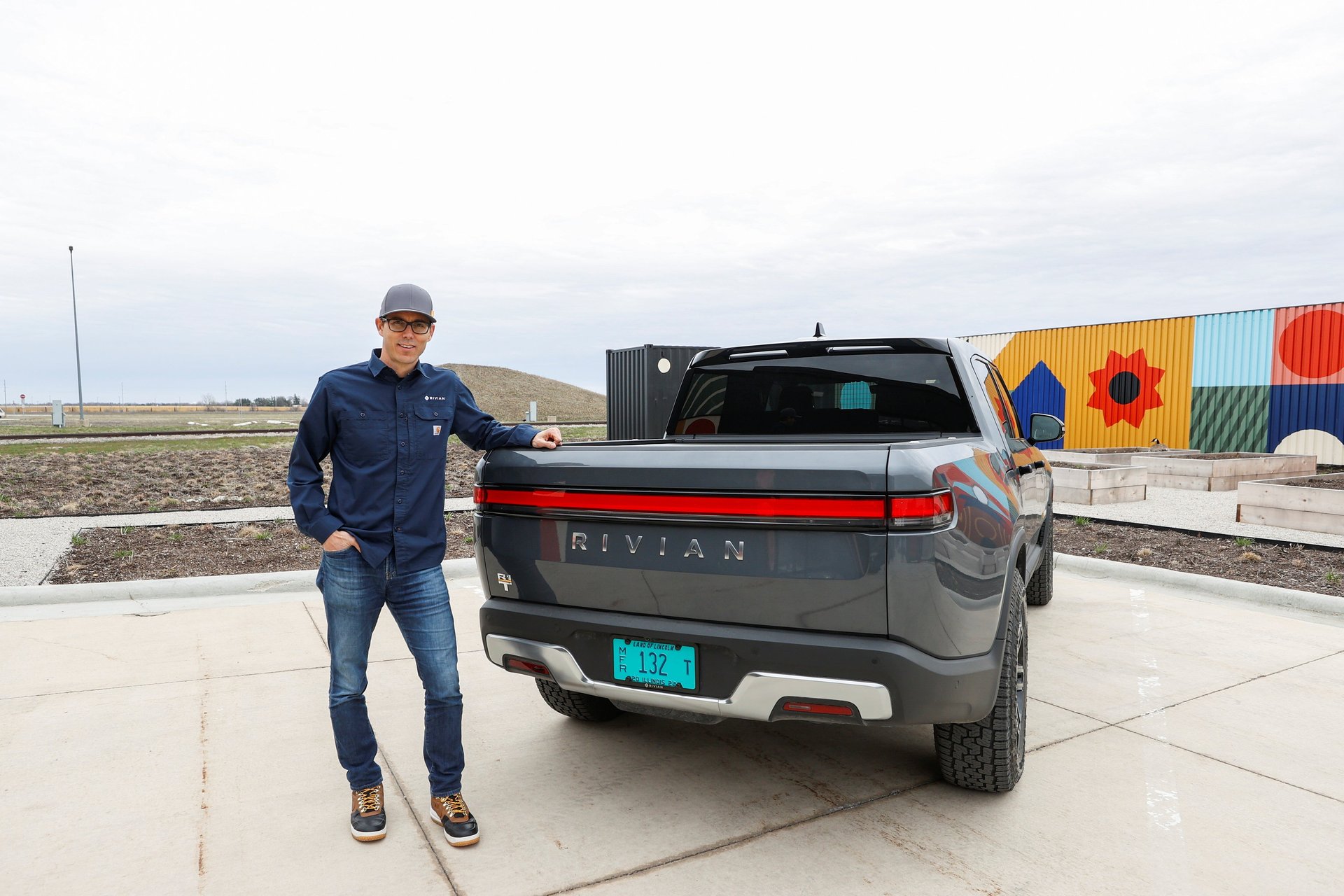EV startup Rivian is betting on a cheap(er) new electric SUV to save its business
The Rivian R2 will be tens of thousands of dollars cheaper than the company's existing options

It’s now or never for Rivian. The startup is betting its future on the success of the new R2, an electric SUV set to be unveiled Thursday. If it fails — or the announcement hype doesn’t manifest — Rivian’s dreams may not be rechargeable.
Suggested Reading
The Irvine, California-based company showcased the R2 in a presentation, revealing that the EV will be a two-row compact SUV with over 300 miles of range that will be able to hit 60 miles per hour in just three seconds. The R2 will seat five people and come with a starting price tag of $45,000, about $2,000 less than expected.
Related Content
In the larger world of electric SUVs, the R2 isn’t exactly a trendsetter; Tesla’s Model Y and Ford Motor Co.’s Mustang Mach-E already exist as popular alternatives. Plus, the unveiling comes at a time of slowed demand for EVs as customers are wary of high prices and the reliability of EV charging.
However, the R2 is a necessary venture for Rivian. Its other offerings — the well-reviewed R1T and R1S — are costly beasts. The 2024 R1T starts at $69,900, and the 2024 R1S has a nearly $75,000 price tag; the R2 will offer a more affordable, if smaller, alternative that could entice Rivian’s potential customer base.
“We’re certainly working very hard to make sure we deliver R2 on time and, to the extent possible, pull any time we can out of the program,” CEO RJ Scaringe told investors last month. “We do think we’re in a very interesting moment in time where there is a lack of choice of highly compelling EV products in that $45,000 to $55,000 price range.”
Rivian delivers not just the R2, but the R3 and R3X
Rivian on Thursday surprised investors with the reveal of not just one, but two additional EVs — the R3 and R3X crossover SUVs. The company didn’t reveal price tags for either of the unexpected models, but said the R3 will be even cheaper than the R2. It’s unclear if that will also apply to the performance variant R3X.
Although the R2 was initially planned to enter production in early 2026 at Rivian’s planned $5 billion factory in Georgia, Scaringe said the company had changed its plan. Now the electric SUV will be built at Rivian’s Normal, Illinois, factory, and deliveries are expected to begin in the first half of 2026.
While that’s only two years away, Rivian has to be careful that its financial issues and burgeoning costs don’t send it the way of fellow EV startup Fisker, which warned investors it may not survive through 2025.
Last month, Rivian said it lost $5.4 billion in 2023 and expects to lose another $2.7 billion this year, even as it continues with its “company-wide cost transformation program.” The company slashed its workforce by 10% after it presented earnings in February, laying off about 800 people in its third round of cuts since July 2022. Rivian has also moved to lay off another 100 workers at its plant in Normal, Illinois.
Rivian produced 57,232 vehicles and delivered more than 50,100 last year, exceeding its most recent full-year 2023 production guidance but falling below analysts’ expectations. Rivian also said it plans to produce about 57,000 vehicles in 2024, far below what Wall Street had expected.
The Normal facility is expected to be shut down for multiple weeks in April for renovations that Rivian said would improve production by about 30%. Although Rivian said its Georgia facility “remains an extremely important” part of its strategy to produce the R2 and R3, the company is pausing construction plans; by doing so, it will save $2.25 billion.
Essentially, Rivian is the the so-called “valley of death” for EV companies. During this period, startups increase production but fail to bring in enough cash to cover operational costs. Although Rivian is backed by Amazon, the company’s influence over its operations has been waning, and it lacks the vast resources available to Elon Musk’s Tesla or the Saudi Arabia-backed Lucid Motors.
At the end of 2023, Rivian had $7.85 billion in cash and cash equivalents, down significantly from the $9.1 billion it had on hand three months earlier. Rivian could run out of cash if that burn rate continues before the R2 hits the market.
Rivian shares rocketed up over 14% after the company unveiled the R2, R3 and R3X.